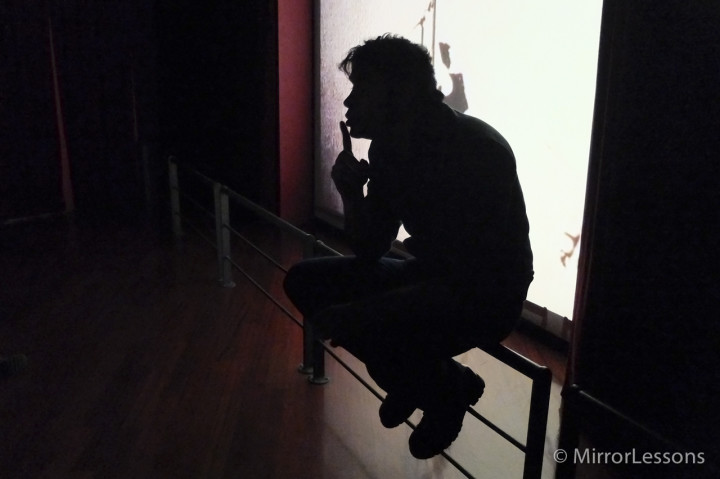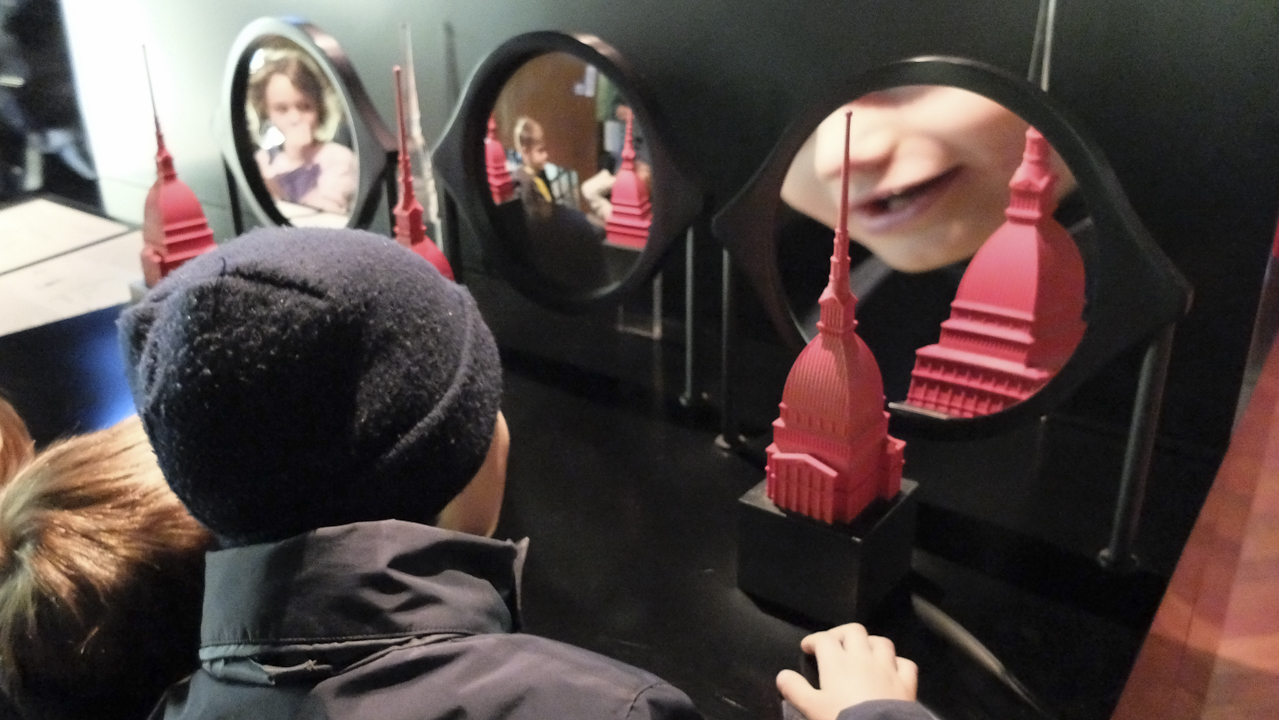Update: Check out our x20 full review, Photoshow gallery, Advanced mode test, and high ISO test.
We all know that mirrorless cameras like the Olympus OM-D E-M5, the Panasonic GH3 and the Fujifilm x100s have been bestowed with superior low-light capabilities. And with an average price tag of over $1000, we shouldn’t expect much less.
So, what should we be hoping for from the new Fujifilm x20 in terms of ISO performance? Despite its classy retro appearance, it is, in all effects, a compact point-and-shoot, so we need to treat it as such.
To evaluate the x20’s ISO performance, I took the camera along on our class’ school trip to the National Cinema Museum of Turin, where Mathieu had also carried out our E-M5 low-light review. This museum, with its many dark rooms and corridors, is incredibly conducive to low-light photography, so there were myriad opportunities to put the x20 to the test! Throughout the experiment, I kept the ISO at 3200 as an ISO any lower would have required a flash.
Note: The x20 is capable of going up to ISO 12800, but only if you shoot strictly in JPG format. If you set it to JPG/RAW, the camera will limit you to ISO 3200, which is what I did in this case.
Overall, I am quite impressed with the low-light performance of this camera, especially considering the size of the sensor. The grain is visible in black and shadowy areas of the images, and there is the tendency for desaturation and loss of detail, but they remain useable for casual purposes. The images are also fairly sharp where slight hand-shake due to a low shutter speed hasn’t interfered. (Being on a school trip with my class, I couldn’t really find an excuse to bring my tripod with me!)
Though it is possible to go above ISO 3200 when shooting strictly in JPG format, I do not feel that the shots are usable above ISO 5000 due to the excessive noise. I actually find it curious that Fuji and other manufacturers choose to include such high ISO options on compact cameras with a small sensor, as the images never turn out well. Not even my incredibly colourful and scrumptious Japanese lunch looks appetizing when shot at 6400 or 12800.
This said, I am certainly not expecting miracles from this camera. It is what it is, and I truly believe that the ISO performance of the x20 would more than satisfy the average amateur compact user. On the other hand, if you are a professional looking for a compact mirrorless camera to take on vacation or to use for jobs which don’t require heavy-duty equipment, the x20 simply doesn’t have a large enough sensor to give you the low-light performance you’ll need for certain settings. Instead, you’ll want to be looking at the x20’s big brother, the Fuji x100s, which we reviewed here.











